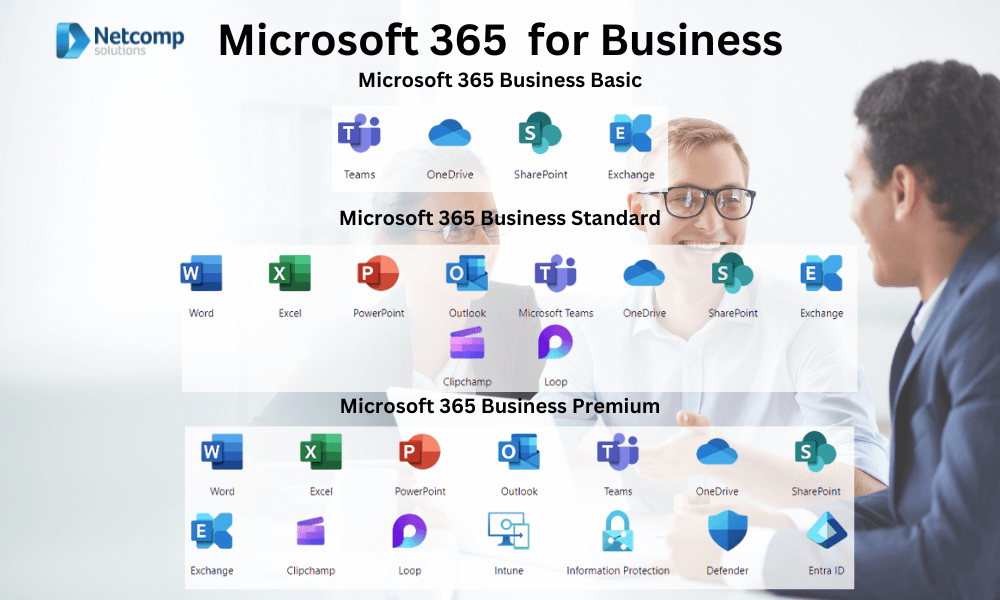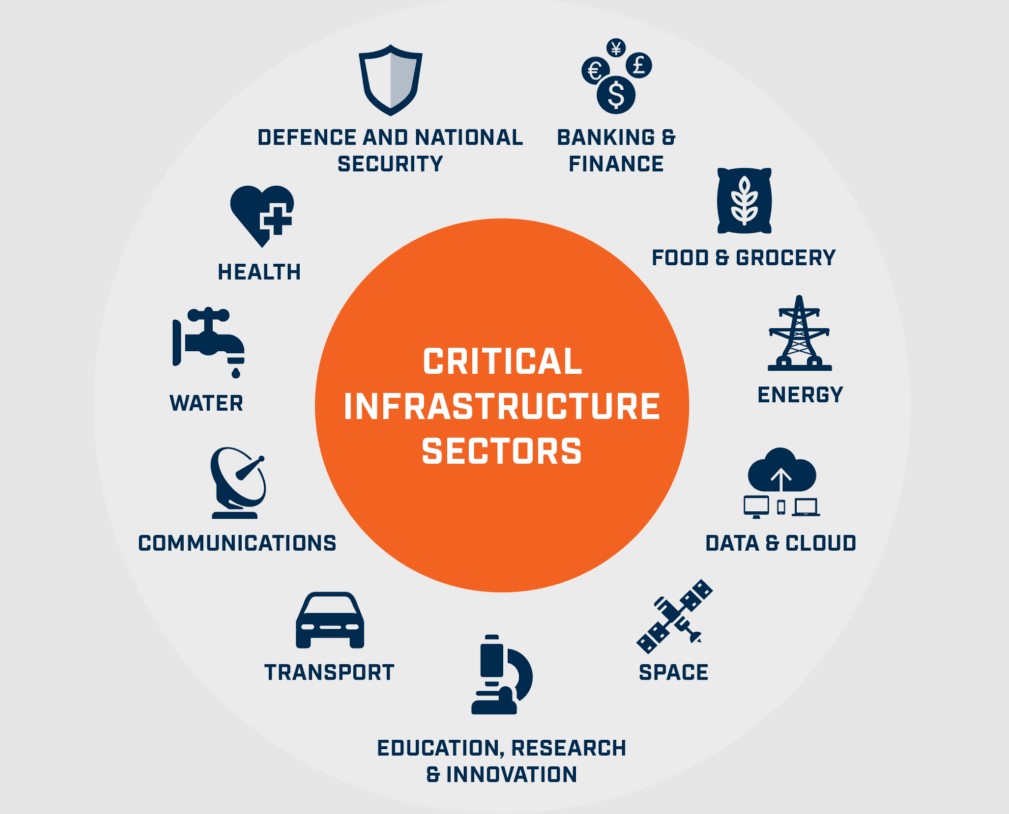
The e-commerce world is a competitive environment where only top-notch websites can thrive. You could have the fanciest website, built by the best developers in town. And still human error could ruin your website’s performance in the online marketplace. There are important web design and development elements, such as instrumental in load times and website speed. Even the most seasoned webmasters often overlook them.
The secret to a successful online business? A perfect balance of features, design, and tools.
As we’ve discussed before, there seems to be a disconnect between the human brain. And It requires information to be delivered to the sensory/visual part of the brain, with average website load times of around 2.5 seconds on desktop and 8.6 seconds on mobile. So, the longer it takes your website to load, the more dissatisfied customers become with your business website. That’s why website speed optimisation needs to be a top priority when building your website. And contrary to popular belief, this does not mean waiting until your website is completely finished and then adding on a few technologies that help speed up your site. It’s about implementing speed optimisation across all stages of your website build, from start to finish.
That’s not to say that a few tweaks and add-ons won’t help your website speed up. These development tools will reduce page load times, but not in a huge way. Just remember, with every second of delay from the expected page load time of under 2 seconds, conversion rates decrease by 7%.
The most common mistakes to avoid if you want to increase your website speed:
Poor Web Hosting

According to Internet Live Stats, there are currently over 1.13 billion websites online as of September 20, 2023. This number is constantly growing, as new websites are created every day. So it’s understandable that the web hosting sphere is overcrowded. The high demand for hosting space means businesses and individuals are all fighting to find a place on the internet – often at the lowest price possible.
Cheap web hosting companies offer cost-effective hosting solutions, but this often means sacrificing quality and security in order to slash prices.
Cheap web hosts make money by hosting hundreds of websites and domains on a single, overcrowded Apache stack with low quality servers running thousands of websites all at the same time. What this means, of course, is that huge volumes of web traffic, files, and data are being transferred via one or two servers. For e-commerce websites, this can cause your website to be sluggish with slow page loads, website outages, partly loaded content, crashes, and even security breaches. Sound good?
Website Speed Matters
Often, there is a common assumption that all online consumers have broadband, so website speed optimisation isn’t really an issue. Regardless of the speed of broadband being used to access the internet, a consistent web browsing experience is needed to maintain your business’s reputation. Hosting companies that host thousands of websites on one Apache stack and server aren’t committed to quality, speed and security for only your website. If you’re using mediocre web hosting services that cause your website to take longer than 3 seconds to load, your website could lose around 40% of potential traffic. And remember, almost according to study by Akamai, 94% of unhappy web visitors would never return to a sluggish e-commerce website!
Benefits of Quality Hosting
Even though more expensive web hosting services may take a small bite out of your web development budget, quality web hosting services can offer personalised support services, more sophisticated hosting platforms, and considerable service space. Quality web hosts also provide back-up services and speed optimisation that will generate revenue streams due to higher levels of traffic and customer retention.
Too many Widgets or Plug-ins

Widgets and plug-ins allow for easy changes to be made to a website’s design and functionality, for example social media buttons, live Twitter feeds, sliders, RSS feeds and more. It can make a website look more attractive and can add useful features quickly and efficiently for business owners perhaps not experts in web development. However, even small widgets can slow down website performance by up to two seconds in some cases. If your website has numerous widgets and plug-ins it could lessen your website performance and speed in a big way.
According to a study by WP Engine, using more than 10 plugins can slow down a WordPress website by up to 50%. Another study by Kinsta found that the average WordPress website with 50 plugins takes over 10 seconds to load.
How to minimise the impact of widgets and plugins on your website speed and performance?
- Only use the widgets and plugins that you absolutely need.
- Choose lightweight, well-coded widgets and plugins.
- Regularly update your widgets and plugins.
- Use a caching plugin to store static copies of your website’s pages.
- Use a content delivery network (CDN) to deliver your website’s content from servers that are located closer to your visitors.
Too many Ads and Affiliate Code
For many businesses, online advertisements are an important revenue stream. And abandoning web ads altogether is not possible if they want to maintain profit levels. However, adding too many advertisements to your desktop or mobile website can seriously decrease website performance. Slow loading ads or a website filled to the brim with adverts can make your website sluggish. It can also increase bounce rates. Even if you get income from online ads, this benefit could be outweighed by the financial losses sustained through slow page loads, high bounce rates and unhappy web customers.

According to a study by Google, a single banner ad can slow down a website by up to 1.4 seconds. This may seem small, but it can have a significant impact on bounce rates. Add to that the fact that many customers have ad-blocker software on their systems to stop ads appearing when browsing the web and you have a website that increases page load times and decreases customer satisfaction.
So what about affiliate code?
Adding code for affiliate businesses or advertising links can take up memory space on your web hosting environment which needs extra processing power to load the content to website users. This means that any additional affiliate code you add to your underlying website code will slow down your website speeds in a similar way to widgets and plug-ins. If you have to use affiliate marketing or advertising on your website, perhaps keep the volume of code to a minimum.
Design & Multimedia Considerations
Modern website design and multimedia content favours large images, video, animation and high-resolution graphics. This type of web design draws in web traffic and creates a professional, sleek look for your business. Branding is important in building customer loyalty and creative web design can assist in customer retention.
However, large images, high-quality graphics and videos take much longer to download onto your visitors’ browsers.
On the other hand, low-quality and small graphics/images tend to load a lot quicker, although they may not be as effective at capturing visitor attention. Do graphics and high-quality images drive sales and conversions more than speed? For e-commerce websites there is a need for products to look visually appealing, but it is generally more effective for sales and customer satisfaction if e-commerce sites load images, product descriptions and video very quickly.
There are also compatibility issues to take into consideration. Poor performance and partially-loaded pages can be a major turn-off for web visitors. It is up to website owners to stay up-to-date on government policies, geographic restrictions and browser compatibility as these factors can change over time.
Forms & Analytics code can affect your website speed
Sign up forms, contact forms and analytics code may only add a few more lines to back-end website core files. However, when too much code takes up space on the back-end as well as plug-in code and web content assets, this can result in lengthy code crowding memory spaces and disrupting processing cycles. Therefore, each plug-in, asset, form, or piece of code starts to act erratically and can use up additional processing cycles.

All of this competing data and assets may not necessarily be sent to the user’s browser as predicted, causing an inconsistent user experience and added frustration if the added multimedia content isn’t delivered properly due to back-end space being used by sign up forms and analytics code. Especially since the users themselves do not actually use or see analytics code. Although analytics code and sign up forms are useful from a marketing perspective, keep in mind that they add weight to media-rich websites and may slow down website performance in the long run.
Mobile & Misdirects
As discussed previously, with more and more people using smartphones and tablets to access the internet, it’s essential that mobile business websites are speed and user optimised to ensure customer satisfaction and retention, as well as potential profits from mobile sales.
Here are some common mistakes that can ruin mobile website optimisation:
If mobile websites are not sufficiently optimised and designed appropriately to offer high performance on a mobile interface then sever delays in mobile page load times may occur.
Redirection Challenges
Redirects can slow down your mobile website and cause users to bounce. Redirects are instructions that send users to that other site containing the same information they have requested via the mobile browser. This means that developers must adequately map mobile and desktop websites to ensure customers find exactly what they are looking for. Make sure that your redirects are properly mapped and that they are necessary.

Videos that can’t play on mobile formats
Make sure that your videos are encoded in a format that is compatible with mobile devices.
Poorly formatted images
Optimise your images for mobile by compressing them and using the right file format.
Unloadable graphics
Avoid using graphics that are too large or complex, as they can slow down your mobile website.
Irrelevant desktop assets being delivered to mobile web users
Make sure that your mobile website only delivers the assets that are needed for mobile devices.
How to Avoid these Mistakes to increase website speed
Almost 90% of page load time delays are caused by loading pages, code scripts, parsing HTML, and locating embedded content and assets.
How to optimise website performance?
Cut down on plug-ins and widgets
Plugins and widgets can add functionality to your website, but they can also slow it down. Only use the plugins and widgets that you absolutely need.
Reducing affiliate code and bloated advertising
Affiliate code and bloated advertising can also slow down your website. If you are using affiliate code, make sure that it is minified and optimized. If you are using advertising, make sure that the ads are lightweight and well-coded.
Take out useless forms and advanced analytics code
If you have forms or analytics code on your website that you are not using, remove them. This will reduce the amount of code that needs to be loaded each time a page is visited.
Invest in quality web hosting
Your web hosting provider can play a big role in your website’s performance. Make sure to choose a provider that offers good performance and uptime.
Keep up-to-date with design and multimedia changes in the industry
New design and multimedia trends can emerge all the time. Make sure to keep your website up-to-date with the latest trends, but be careful not to overuse graphics, video, images, and other fancy bells and whistles. Too much multimedia can slow down your website.
Use script alterations and optimization tools
There are a number of script alterations and optimization tools available that can help you to speed up your website. However, it is important to note that these tools can only do so much. If you want to truly improve your website’s performance, you need to focus on optimizing your website’s code and content.
Also consider a ground-up web development and marketing strategy that considers website optimisation as the most crucial aspect of online business success.
For a comprehensive exploration of this topic, don’t miss the other five parts of this article ‘Website speed optimisation’:



